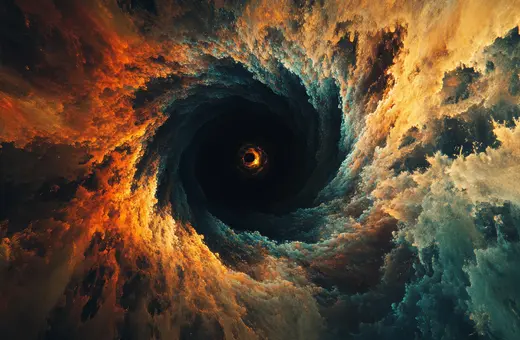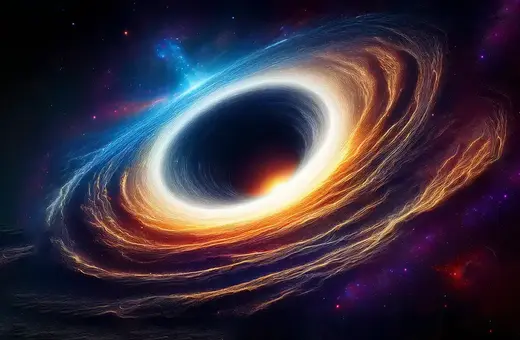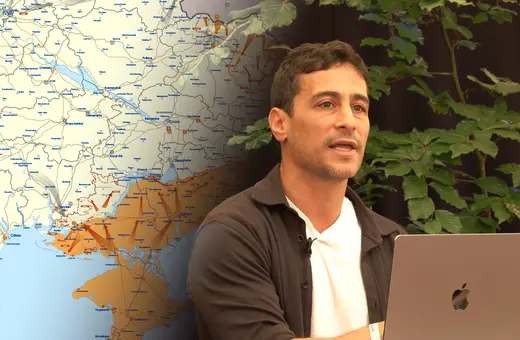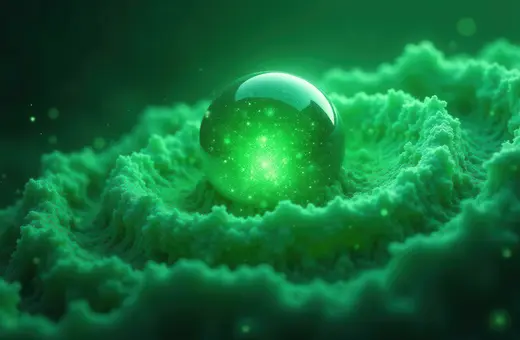The basic issue
Gravity holds us to the Earth and makes apples drop to the ground when they fall off a tree. It controls how the Moon moves round the Earth and how the Moon causes tides on Earth. It controls how the Earth moves round the Sun and how the Sun moves round the Galaxy. But it’s not a force. That was Einstein’s great discovery. How can we say that? Well because you can, at least for a while, simply make it vanish! How do you do that? Just let go! In other words, jump off a building, and you’ll feel no gravity as you fall down (hitting the Earth does not count as falling down). More gently, join a freely orbiting space station crew, and you’ll find life difficult because there will be no felt gravity to hold you down on your seat or to hold your coffee in a cup. In short, what appears to be a gravitational force actually depends, locally at least, on how you are moving. You can make it go away by allowing yourself to fall freely.
The reason why
The reason this is true is because the gravitational mass of a body is the same as its inertial mass. This is what Galileo discovered, allegedly, by dropping objects of different weight from the Leaning Tower of Pisa (that experiment has since been done much more accurately by modern physicists - see this video for a feather and a ball falling at the same speed). That means that if you are in lift and the rope breaks, you and everything around you will fall at the same rate as the lift – so you will no longer feel gravity holding you to the floor of the lift. This was Einstein’s “happiest discovery”.
What is it then?
Gravity is now understood as being an effect of space-time curvature; in a static situation, of spatial curvature. A model is as follows: if you consider two aircraft that start off 1000 miles apart at the same instant from the Earth’s equator and they each fly at the same speed in an unchanging Northerly direction, they will get closer and closer together and will eventually collide at the North Pole. It is as if a force was pulling them together even though there was no attractive force acting between them. It was the curvature of the Earth that was the cause of this apparent force. Spacetime curvature is like that: if, for example, you let a spacecraft fall freely around the Earth at the right speed, with the engine turned off, it will arrive back exactly where it started because of the curvature of space caused by the Earth’s gravitational field. It never fired an engine to change direction but just kept going.
___
"We understand Einstein's theory pretty well...But that is not the end of the story."
___
What mathematics do you need to describe this?



















Join the conversation